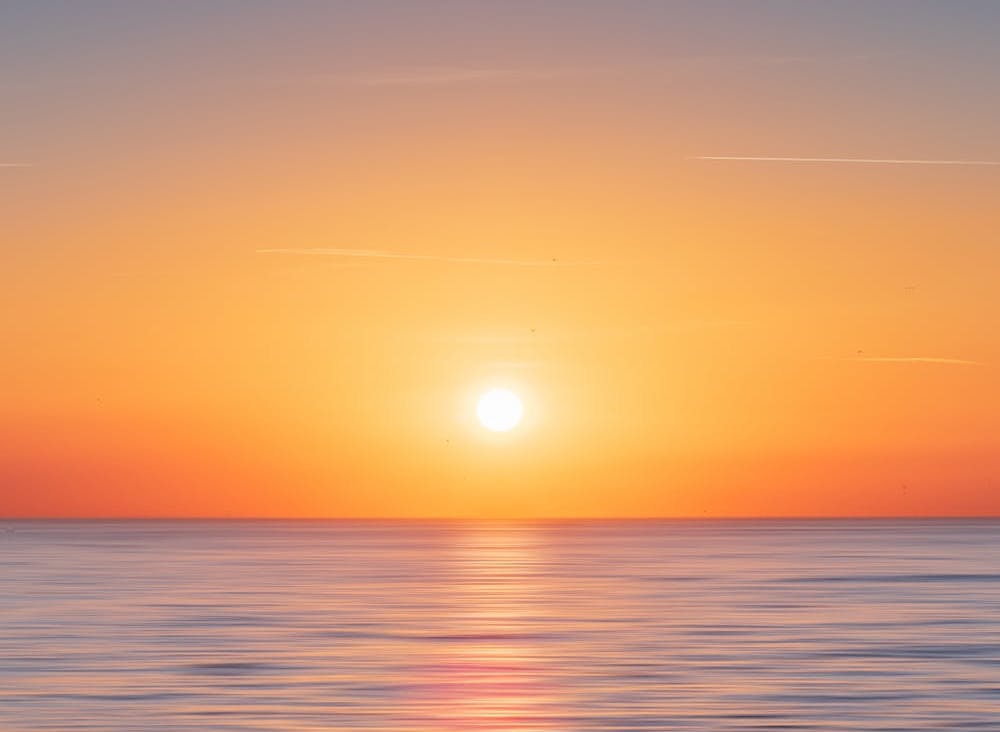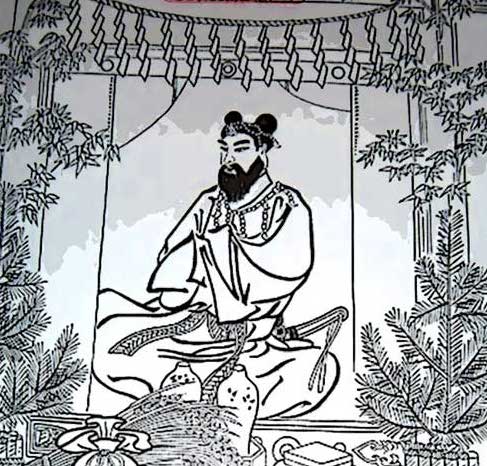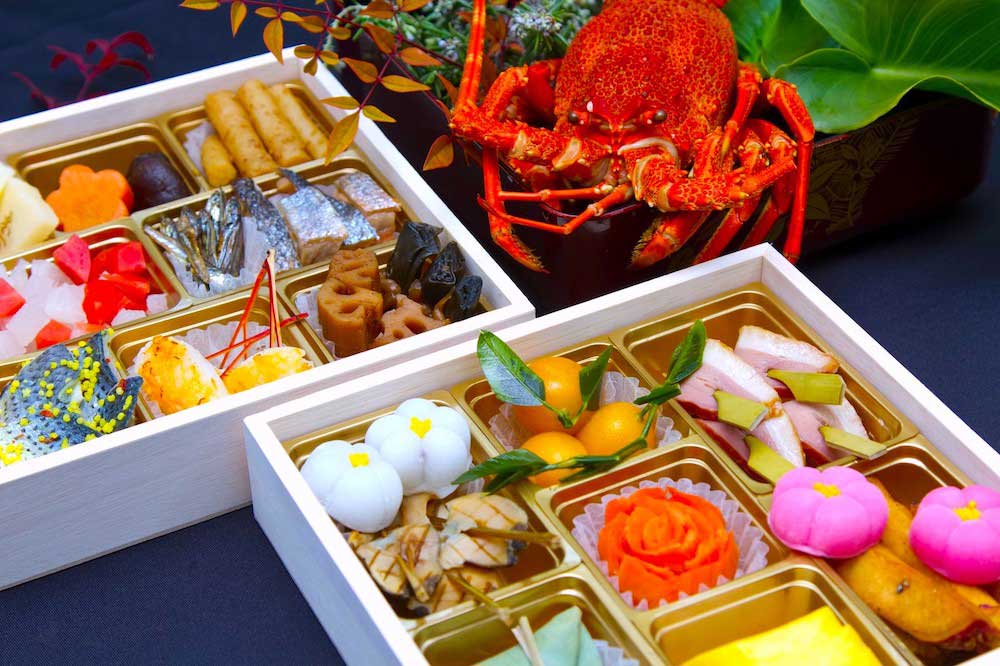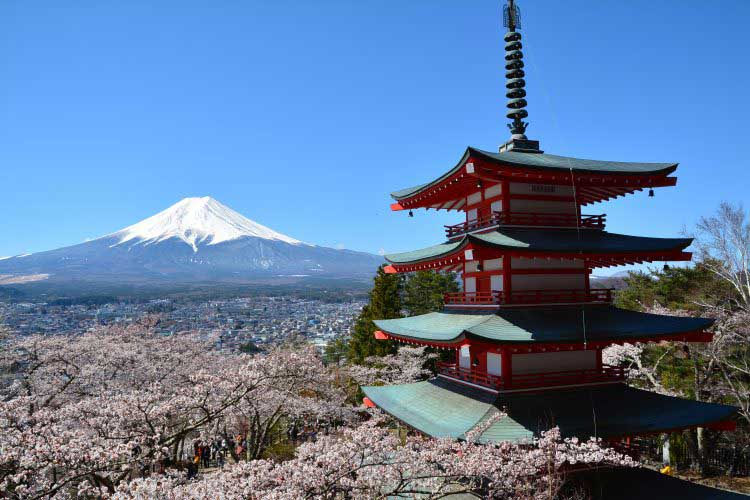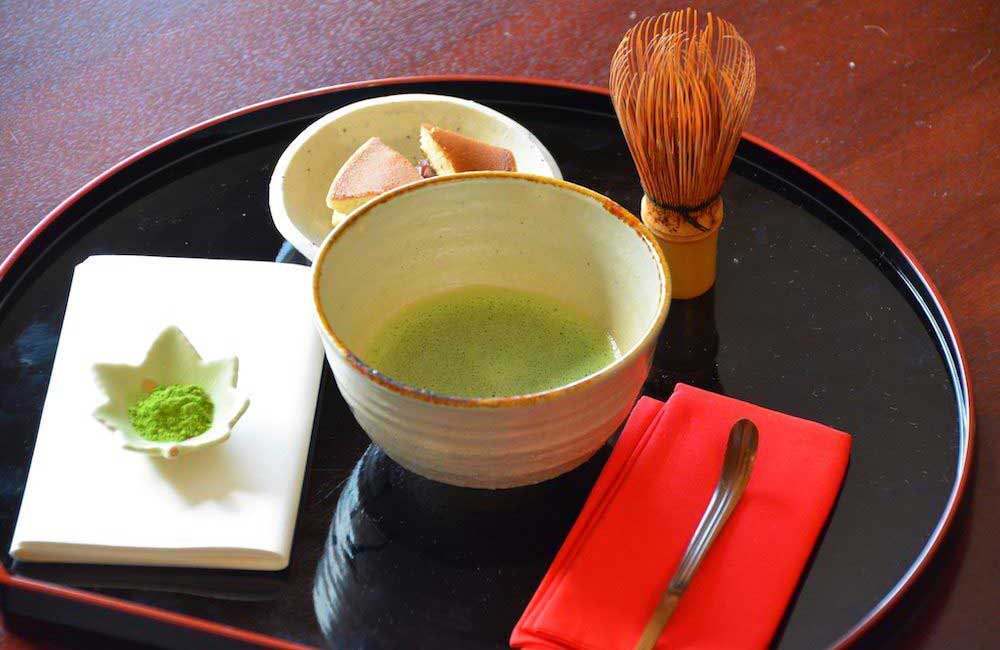
一年の締めくくり、12月31日は「大晦日」と呼ばれ、新年を迎えるにあたり日本人にとって最も特別な日のひとつです。
年末の大掃除をし、家の前には注連飾りを掛けたり、門松を立てて歳神様を招き入れる準備をし、美味しい年越しそばを食べて、除夜の鐘を聞きます。
今回は、日本独特の大晦日の過ごし方などに関する英語表現をご紹介してきます。
ご興味のある方は、当サイトで 英語クイズ(5000問) を出題しておりますので是非ご覧ください。
目次
年賀状 / Nengajo
欧米では、年賀状と似たような習慣に「クリスマスカード」がありますが、新年の挨拶だけを送るという風習はなく、必ずクリスマスの挨拶と新年の挨拶が一緒になっています。
New Year’s greeting cards(年賀状)
During oshōgatsu, people send New Year’s greeting cards called “nengajō” to their friends and coworkers.
(お正月には、「年賀状」と呼ばれる新年の挨拶カードを友人や同僚に送ります。)
Nengajo, sending New Year’s cards, is a Western custom like sending Christmas cards.
(年賀状は、西洋のクリスマスカードを送る習慣と似ています。)
Similar to the Western custom of sending Christmas/holiday cards, in Japan there is a tradition of sending New Year’s cards called “nengajō.”
(日本では、西洋のクリスマスカードの習慣に似た「年賀状」と呼ばれる新年の挨拶状を送る伝統的な習慣があります。)
With the growth of cell phones, the number of people who send nengajō is decreasing year by year.
(携帯電話の普及に伴い、年賀状を書く人の数は年々減ってきています。)
年末の大掃除 / Ōsouji
大掃除は、deep cleaning, spring cleaning または year-end cleaning などと訳されますが、一般的にアメリカでは大掃除は春先に行われるため、spring cleaning という表現になります。
Ōsouji means “big cleaning,” and it is similar to “spring cleaning.”
(「大掃除」は、”spring cleaning”と似た意味です。)
In Japan, the end of December is the time of year to clean the whole house.
(日本では、12月の終わりには家中を掃除します。)
In Japan, we do our “spring cleaning” at the end of the year.
(日本では、「春の大掃除」を年末に行います。)
In Japan, ōsouji (spring cleaning) is done in late December.
(日本では、春先の大掃除が12月の終わりに行われます。)
Ōsouji is customary for Japanese to perform a deep clean before the New Year, and is much like the tradition of “spring cleaning” in the West.
(「Ōsouji」は、新年の前に行われる徹底的なお掃除のことで、西洋の “spring cleaning” の習慣に非常によく似ています。)
Once ōsouji (deep cleaning) is completed, families will decorate their homes for the New Year’s celebrations.
(大掃除が済むと、家族で新年をお祝いするための飾り付けをします。)
ちなみにスコットランドなどでは、日本と同じく12月末に大掃除が行われているそうです。
大晦日 / Ōmisoka
大晦日の「晦」は「つごもり」と言って、月の満ち欠けが変化する様子を表わす言葉である「月隠り(つきごもり)/ 月が隠れる日」が訛ったもので、「月の末日」を意味しています。
旧暦においてこの「晦」がおおよそ30日であったことから、30日を晦日(みそか)と呼ぶようになり、1年の締めくくりである12月に「大」がついて「大晦日」と呼ぶようになったそうです。
大晦日は、英語では New Year’s Eve または the last day of the yearと言います。
私たちにもお馴染みの「Christmas Eve / クリスマスイヴ」などと同じく、Eve は祭日の前日や前夜のことを指します。
December 31st, or New Year’s Eve, is called Ōmisoka in Japanese.
(12月31日のことを、日本語で「大晦日」と言います。)
Ōmisoka means “the last day of the year” in Japanese.
(「大晦日」とは、日本語で「1年の最後の日」という意味です。)
On New Year’s Eve, the Japanese people eat “toshikoshi-soba noodles” and listen to joya-no-kane at a temple nearby.
(大晦日に、日本人は年越し蕎麦を食べ、近くの寺院の除夜の鐘を聞きます。)
「良いお年を!」のご挨拶
12月も少しずつ終わりに近づいてきますと、お互いにもう年内に会うのは最後であろう相手には、別れ際に「良いお年を!」と挨拶します。
英語に訳すと Have a happy/great New Year! となりますが、これは「Have a nice day! /良い一日を」という表現と文法は同じです。
英語圏の New Year とは、クリスマスから年末年始にかけての「ホリデー期間」を指し、多くの場合は New Year を含めてお祝いしますので、Enjoy the holidays! や Best wishes for the holidays! がよく使われます。
People say “yoi otoshi wo,” or “enjoy the holidays,” to people whom they meet for the last time in the year.
(人々は、その年の最後に会う人に「良いお年を」と言って挨拶します。)
↓ 続いては、歳神様・年神様を英語で説明する表現をご紹介します。
